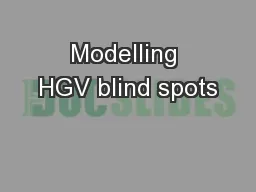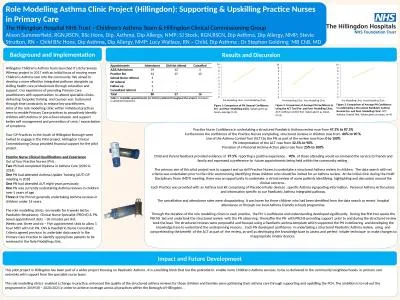PPT-Modelling HGV blind spots
Author : phoebe-click | Published Date : 2017-09-19
Loughborough University Design School Design Ergonomics Research Group Research Sponsored by Transport for London Dr Steve Summerskill amp Dr Russell Marshall Contents
Presentation Embed Code
Download Presentation
Download Presentation The PPT/PDF document "Modelling HGV blind spots" is the property of its rightful owner. Permission is granted to download and print the materials on this website for personal, non-commercial use only, and to display it on your personal computer provided you do not modify the materials and that you retain all copyright notices contained in the materials. By downloading content from our website, you accept the terms of this agreement.
Modelling HGV blind spots: Transcript
Download Rules Of Document
"Modelling HGV blind spots"The content belongs to its owner. You may download and print it for personal use, without modification, and keep all copyright notices. By downloading, you agree to these terms.
Related Documents














